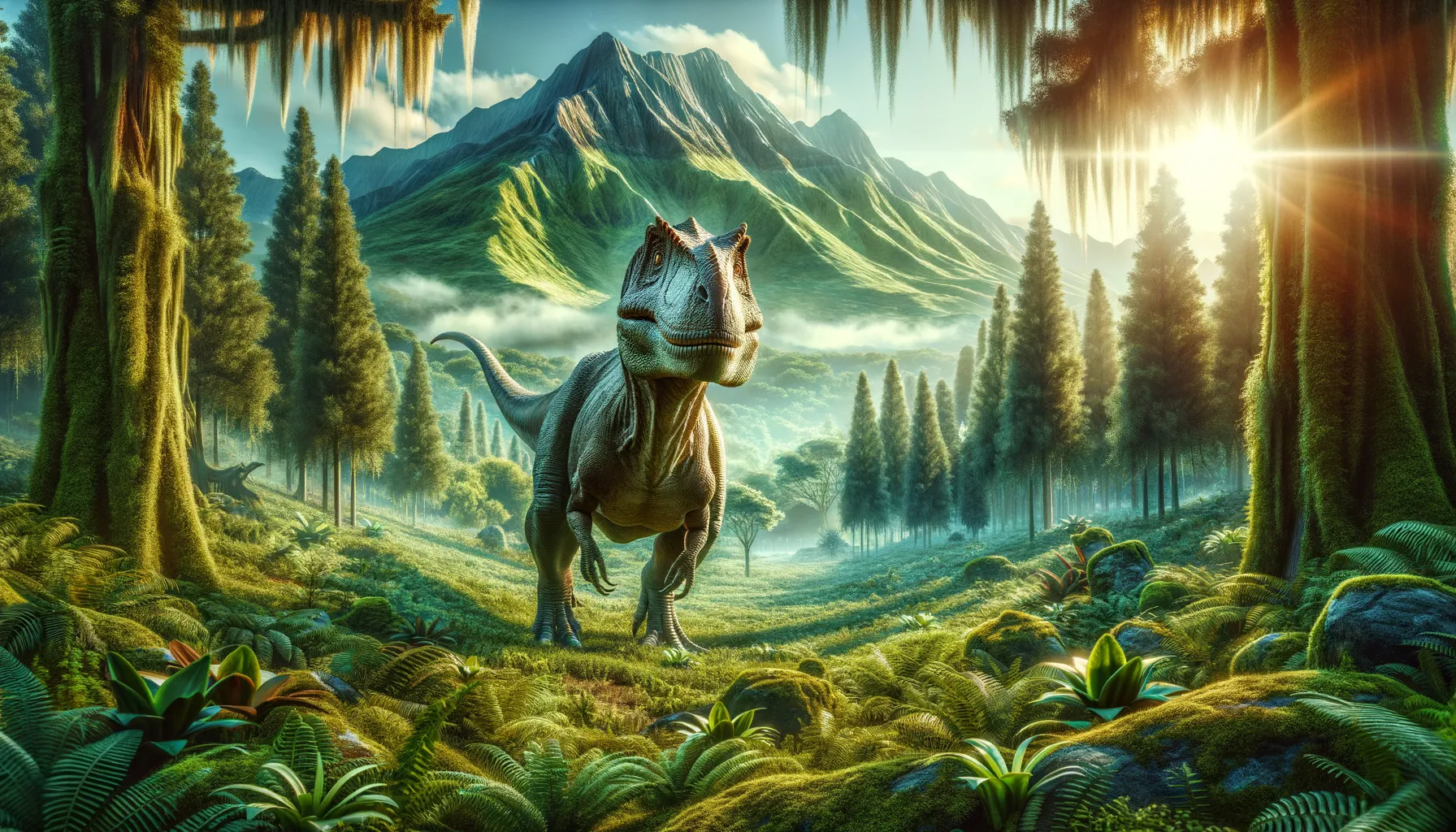
Heterosaurus
Discover the mystery of Jurassic times!
Period
Jurassic
Length
Measured about 6 meters in length.
Height
Stood approximately 3 meters tall.
Weight
Estimated to weigh around 1,000 kilograms.
The Heterosaurus was a fascinating dinosaur known to have lived during the Jurassic period. This creature was moderately sized and herbivorous, traversing its lush environment in search of vegetation. Its unique adaptations allowed it to thrive during its time. The discovery of Heterosaurus fossils provided valuable insights into the diverse ecosystems of the Jurassic age, illustrating the complex interactions between flora and fauna of the period.
Diet
Heterosaurus was primarily herbivorous, feeding on a variety of plants. Its strong jaws enabled it to chew tough vegetation efficiently.
Hunting
Heterosaurus did not hunt as it was not a predator. It likely foraged in large groups to access plentiful plant resources.
Environmental challenges
Heterosaurus faced numerous environmental challenges, including changes in climate and food availability. Competition for resources was likely intense, driving these dinosaurs to develop strategies for efficient foraging. Their ability to adapt to seasonal changes may have been crucial for their survival. Predation by large carnivorous dinosaurs also posed a threat to them.
Speed
Heterosaurus had a moderate speed, likely due to its body size.
Lifespan
It likely lived for about 20-30 years.
First discovery
First discovered in the late 19th century.
Fun Facts
- Heterosaurus is a lesser-known dinosaur that lived during the Cretaceous period around 100 million years ago.
- This dinosaur's name, Heterosaurus, means 'different lizard', and it was named for its unique skeletal features.
- Unlike some of its larger relatives, Heterosaurus was relatively small, possibly reaching only about 2 meters in length.
- Heterosaurus is believed to have been a herbivore, feeding on the lush plant life of its time.
- Fossils of Heterosaurus are rare, making each discovery an exciting event for paleontologists.
- Though not as famous as T. rex, Heterosaurus contributes valuable information to our understanding of dinosaur diversity.
- Research on Heterosaurus helps scientists learn more about the varied ecosystems that existed in the ancient past.
Growth and Development
The growth rate of Heterosaurus was influenced by its environment and food supply. Juveniles likely grew rapidly to avoid predation. As they matured, their robust body structure became more pronounced, aiding in survival. The lifespan of Heterosaurus was notable for the extended period it took to reach full size.
Habitat
Heterosaurus inhabited lush, forested regions with abundant plant life. This environment provided ample food and shelter, crucial for its survival. The presence of water sources was vital, as it supported the rich vegetation and helped these dinosaurs remain hydrated.
Interaction with other species
Heterosaurus coexisted with various species, both herbivorous and carnivorous. Interaction with predator species often involved strategies to avoid confrontation. They may have formed herds to protect against large predators. Friendly interactions were more likely with other herbivorous dinosaurs sharing similar habitats.
Natural lifespan
Heterosaurus had a natural lifespan of up to 30 years.
Reproduction
Heterosaurus reproduced by laying eggs in nests, likely hidden in vegetation to protect from predators. Hatchlings depended on the herd for protection during their early stages of life. Parental care might have included basic protection until the young were strong enough to join the adults.
Social behaviour
Heterosaurus was possibly a social creature, living and moving in groups. This social structure offered safety in numbers and facilitated resource sharing. Group living also enhanced communication and coordination among individuals when faced with threats.
Fossil locations
Fossils of Heterosaurus have been discovered primarily in regions believed to have been forested during the Jurassic period. These locations provide evidence of their widespread distribution. Fossilized remains have been key in understanding the evolution and adaptation of herbivorous dinosaurs.
